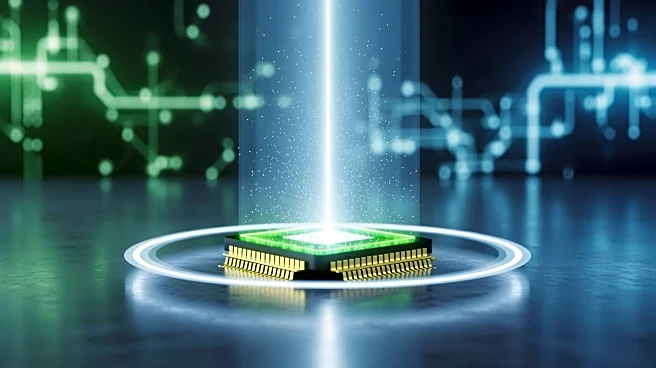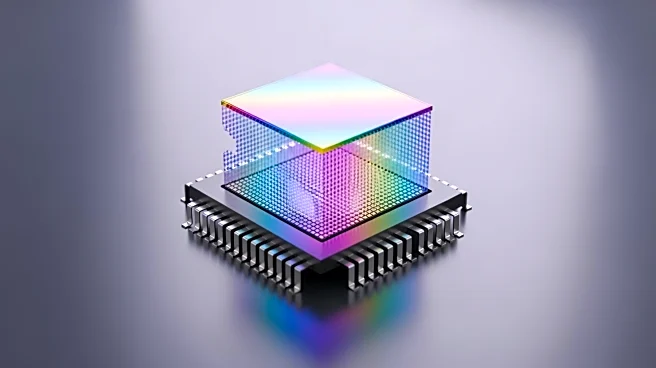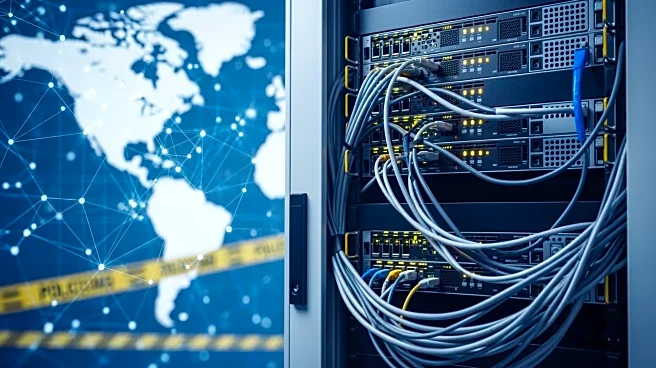What's Happening?
The computing industry is on the brink of a significant transformation as it transitions from electron-based to photon-based computation. This shift marks the first time since the 1940s that both the medium
and mechanics of computing are changing simultaneously. The new medium, photons, will replace electrons, necessitating a change in the mechanisms used for computation. This includes moving from transistors to light modulators, interferometers, and detectors. This transition is expected to reorder the fortunes of companies and industries, much like previous shifts in computing history. The change is not expected to happen overnight, and it is likely that photonic and electronic computing will coexist, sharing workloads.
Why It's Important?
The transition from electrons to photons in computing could have a profound impact on the global semiconductor industry, which currently holds a market capitalization exceeding $10 trillion. This shift could disrupt existing market leaders and create opportunities for new players, similar to past technological revolutions in computing. Companies that adapt to the new photonic computing paradigm may gain a competitive edge, while those that fail to pivot could face significant challenges. The potential for increased efficiency and new applications in telecommunications, defense, and other sectors underscores the importance of this technological evolution.
What's Next?
As the transition to photonic computing progresses, stakeholders in the semiconductor and technology industries will need to invest in research and development to adapt to the new medium. Companies may need to form strategic partnerships or acquire new technologies to remain competitive. The timeline for widespread adoption of photonic computing is uncertain, but significant advancements are expected within the next few years. Industry leaders will likely monitor developments closely to capitalize on emerging opportunities and mitigate risks associated with this technological shift.
Beyond the Headlines
The shift to photonic computing could have broader implications beyond the immediate technological and economic impacts. It may lead to advancements in quantum computing and secure communications, potentially transforming industries reliant on high-security applications. Additionally, the environmental impact of computing could be reduced, as photonic systems may offer more energy-efficient solutions compared to traditional electronic systems. This transition could also influence educational and workforce development, as new skills and expertise will be required to support the evolving technology landscape.











